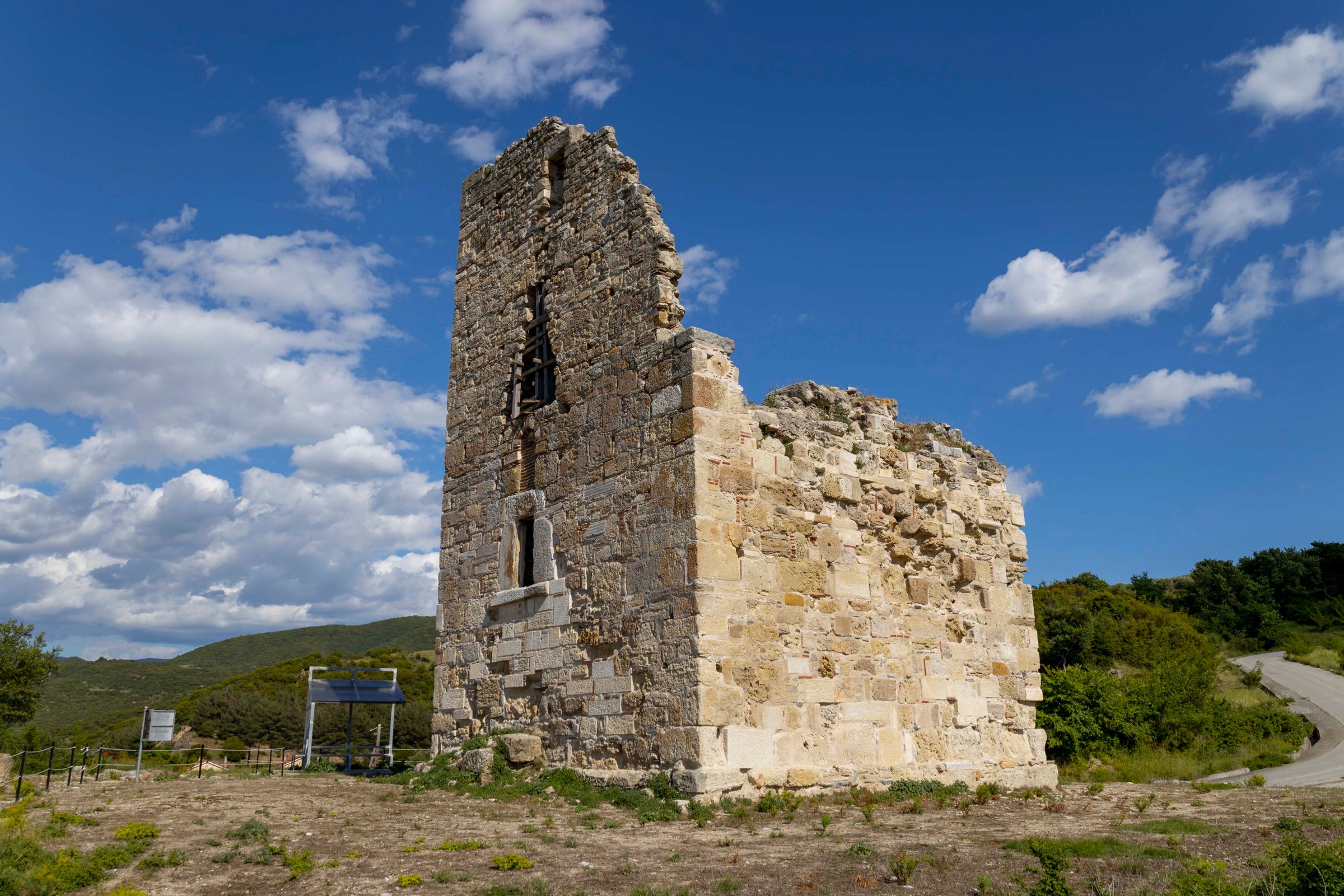
Archaeological site of Amphipolis
Archaeological site of Amphipolis
The ancient state of Strymonas
Amphipolis in antiquity had become an important economic, cultural, and politic-military center, especially after its annexation to the Kingdom of the Macedonians. It was founded by the Athenians in 437 BC, due to its strategic position in the fertile land irrigated by Strymonas and near the mines of Thrace and the gold mines of Paggaio, but it quickly passed into the hands of the Spartans and a few years later was occupied by Philip II, father of Alexander the Great.
Its archeological site is one of the most important in Greece and the excavations have revealed valuable facts about the life and customs of its inhabitants in antiquity, but also during the Byzantine years. It is located within the walls of the walled ancient city, while the necropolis extends beyond the walls, along with other ancient sites associated with the ancient and Christian period of the area.
Excavations have uncovered much of the walls and some of the sanctuaries as well as private and public buildings in the city. The prosperity of the city is reflected in the monumental buildings with the mosaic floors and the frescoes, while in a short distance there are famous monuments, such as the Lion of Amphipolis, the Bridge, and the Tower of Marble.






